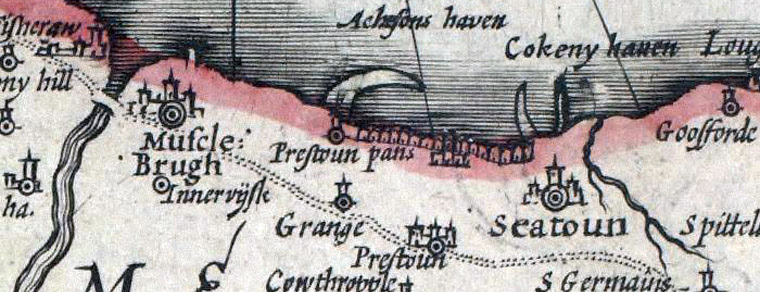Do Grand Lodges have a monopoly? Part 2.
We left off at a point where we were discussing the differences between Scotland and England regarding the origins of Freemasonry.
There are extant records of Lodges in Scotland from as early as 9th January 1599 which are those of Aitcheson’s Haven Lodge. These are the oldest Lodge records in the world. That said it must be made clear that this Lodge, and other early Lodges, had members that were stonemasons alone.
This raises some very interesting and important considerations. If these Lodges had members that were all stonemasons, could they be considered to be Freemasons as we known them today? The answer is yes and, and well, yes!
Before discussing this further a few more facts are needed. Although these early Lodges were exclusively for stonemasons that did not last too long. Although Aitcheson’s Haven Lodge is the oldest on record it became extinct in the mid-19th century. The oldest Lodge with extant records and which is still in existence is The Lodge of Edinburgh (Mary’s Chapel), No.1 (to give it its’ full modern name) and whose records commence on 31st July 1599. It is in this Lodge that we see the admission of non-stonemasons for the first time. In 1634 several members of the Scottish aristocracy were admitted and so the ‘cat was out of the bag’ as they say and the admission of non-stonemasons became a regular, if not frequent, occurrence during the remainder of that century.
This Lodge can therefore be described as a Lodge that remained a stonemasons’ Lodge but with a small number of non-stonemasons as members. In answer to the above question therefore, the answer must be that it was a Lodge of stonemasons.
However, when we consider The Lodge of Aberdeen the situation is different. This Lodge’s records commence in 1670 and the membership roll (contained in the famous Mark Book) reveals that stonemasons were in the minority. In fact, approximately only 20% of the membership were stonemasons the other 80% comprised the full range of society at the time – from aristocrats, professional people (lawyers, professors etc.) to those with more humble occupations such as porridge makers! This Lodge is therefore an almost mirror image of that in Edinburgh. Whether or not the Lodge began as a stonemasons’ Lodge before its’ records begin we shall probably never know but we can say that towards the end of the 17th century Lodges (if this Lodge is anything to go by) were attracting more non-stonemasons than stonemasons.
The next ‘stage’ in the development of these early Scottish Lodges is the appearance of Lodges with no connection whatsoever with the occupation of stonemasonry. The ‘purest’ example being that of the Haughfoot Lodge whose records commence in 1702 and all the members where drawn from the local gentry with not a single stonemason involved. We would recognize that today as being a modern ‘Speculative’ Lodge (although I don’t like the term speculative in the Scottish context).
More soon.
Posted in Uncategorized
